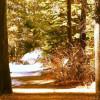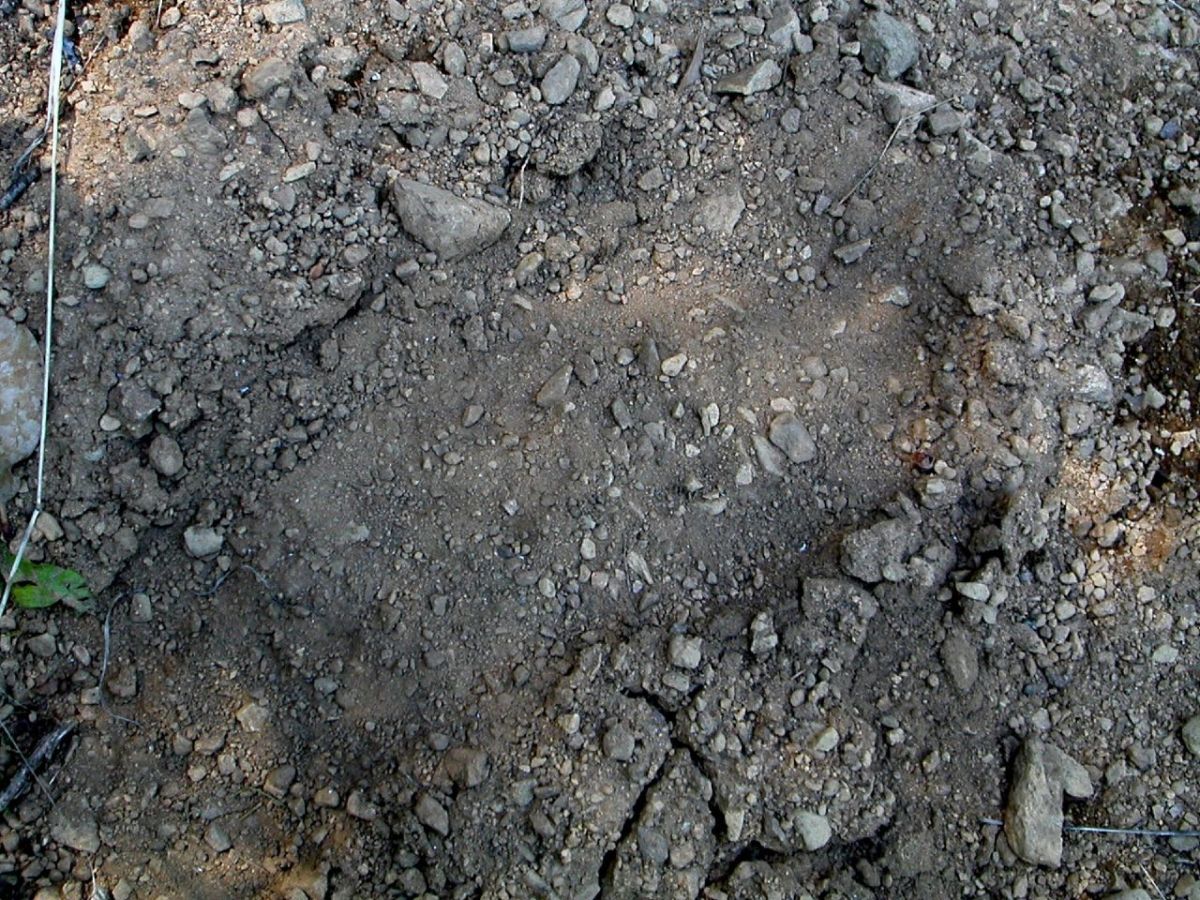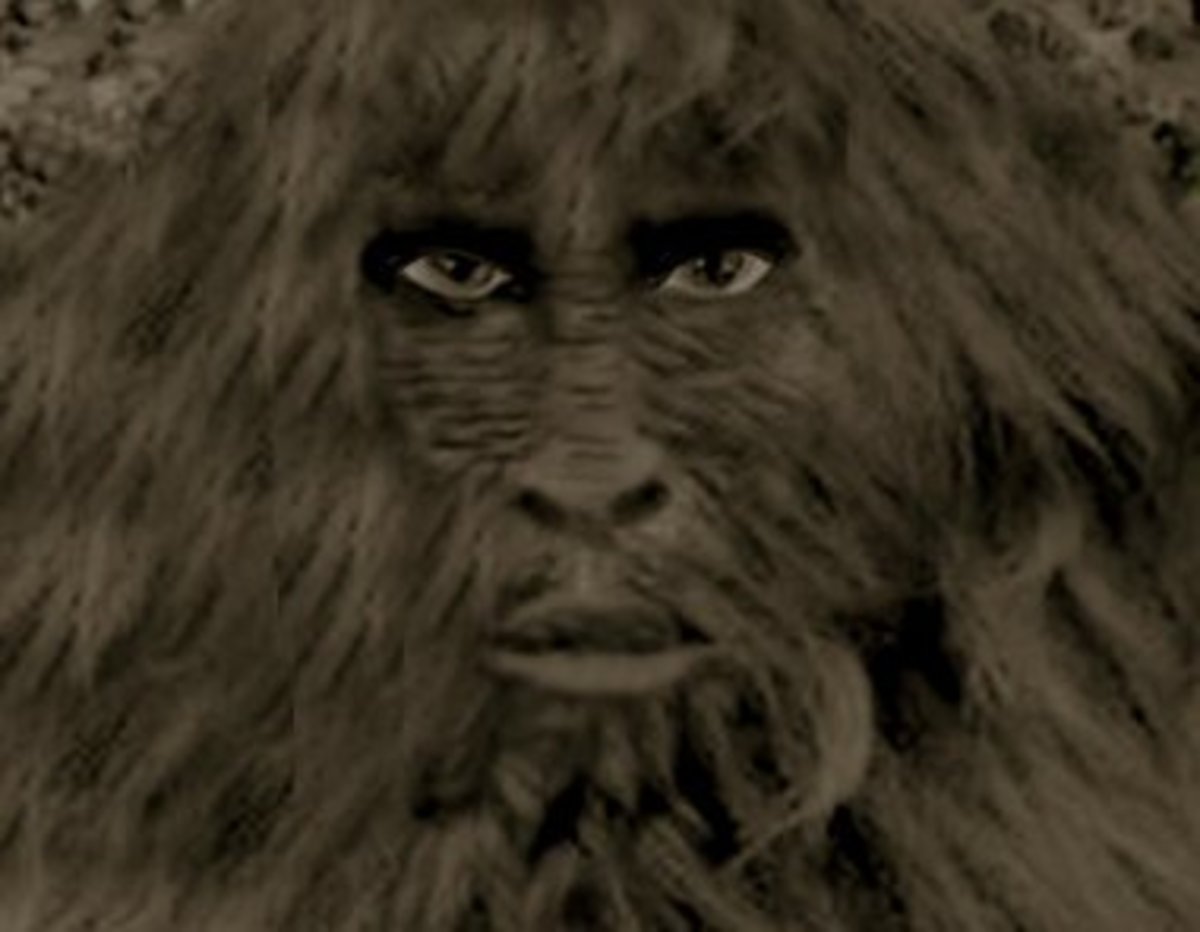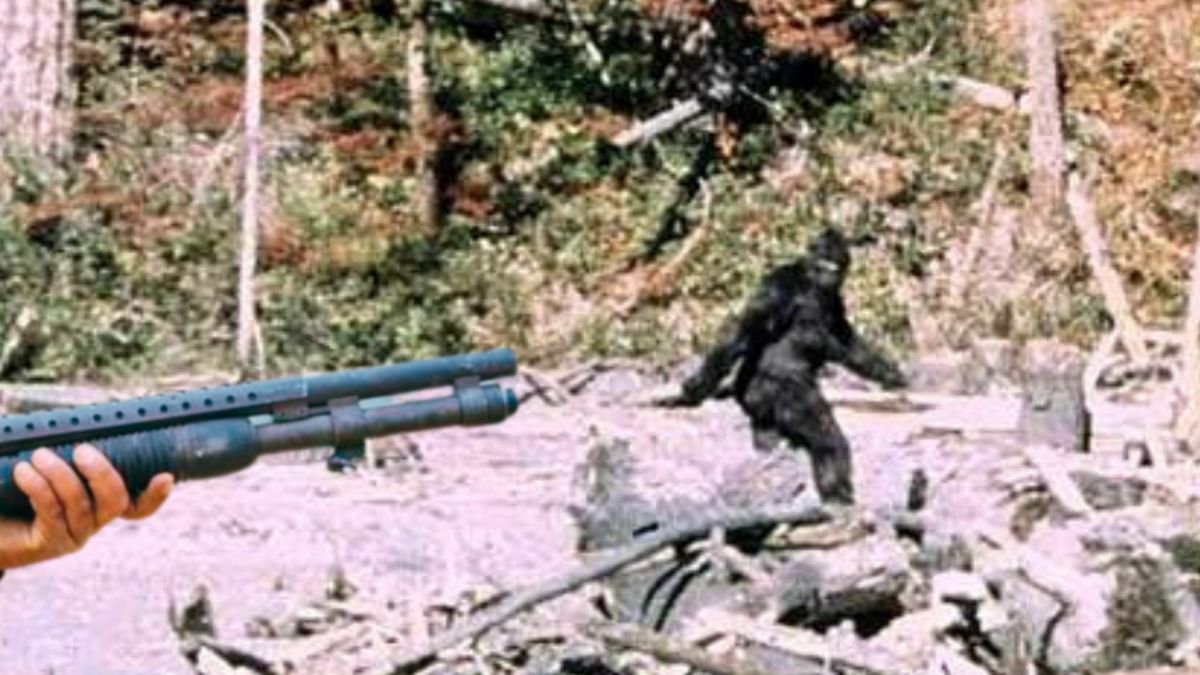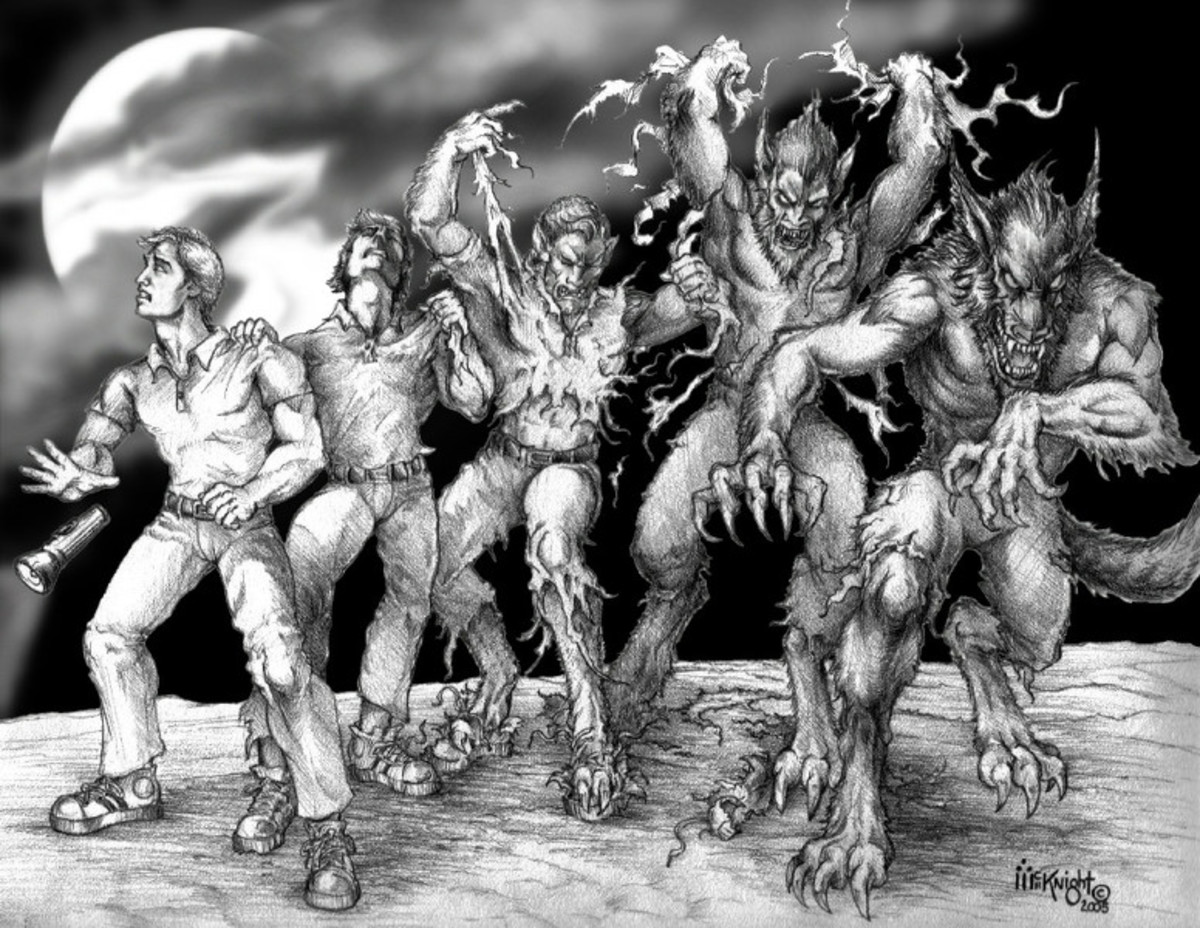- HubPages»
- Education and Science»
- Sociology & Anthropology»
- Folklore & Mythology»
- Legendary Creatures & Cryptids»
- Forest Creatures
Yeti, alive and well?

What is it?
The actual term Yeti or Abominable Snowman wasn’t brought into popular language until 1921. Before that he was known as Miche or “Man-Bear” to the local people of Tibet. They had a lot of other colorful names for him some of which sound much scarier than “Man-Bear” such as The wild man of the snows or Snowman. Well before European travelers started arriving in droves to conquer the local mountains the locals told stories of their encounters with The Wild man of the Snows.
The locals tell us that the belief in the Snowman was actually part of the religious system of Buddhism for a lot of locals. To these people the Yeti was worshiped as a “Glacier Being” or a “God of the Hunt”. Some believed that the blood of the Yeti could be used for mystical purposes; no information could be found on what that tasted like though. Their descriptions back then match very closely to the reports of today.
They are describing a tall creature that acts like an ape but with the face of a man, he has long arms and no neck. Some reports say that he carries a rock type weapon but others say that he slaughtered their livestock with his bare hands and claws. Colors vary in encounters with most saying the creature is white but some are reporting a more golden color as well. Size reports vary as well, but most are within the 9-12 feet range.
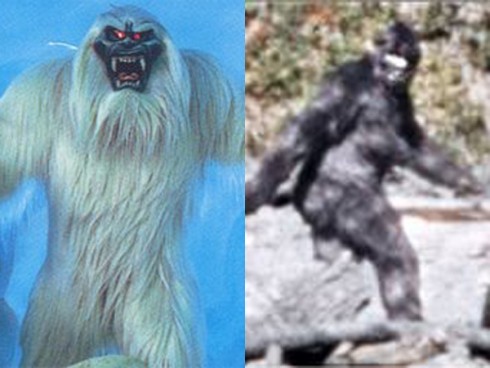
What's the difference?
To help keep everything separate let’s get one thing straight right away. The Yeti is completely different from its cousin, the smaller Bigfoot who is said to be a lot nicer. There are very few encounters with the Yeti that end nicely. The people who say they encounter it are usually left horrified, injured or their stock is killed; and while there are some encounters reported that are similar in the Bigfoot realm they are few and far between.
Most Bigfoot encounters are with the creature walking away from people or the very rare ones are with people being chased or attacked for an unknown reason; possibly for disturbing its habitat or the creature perceiving some sort of danger from the person.
The reports that are coming out of Tibet are of the Yeti actively attacking people and going after their heard. Some Sherpa’s are reporting that when the Yeti attacks he/she will kill a few of their stock for eating and killing the rest and of their stock but not eating it.
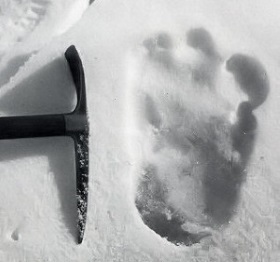
Are there good reports from reliable people?
Well, the first thing I would have to say is why isn't the local people's word good enough to make you think there might be something out there? People have been reporting this creature for hundreds of years and they even used to worship it. Wouldn't it stand to reason there is something out there they were worshiping? Remember, all myths and legends had to start somewhere.
But to answer your question, yes there is reliable evidence from reliable people. To start with, in 1925, N.A. Tombazi, he was a photographer with the Royal Geographical Society, said that he saw a creature at around 15,000ft up a mountain, details are a little fuzzy on which one. He wrote that he observed the creature from around 200-300 yards away for about a minute, "Unquestionably, the figure in outline was exactly like a human being, walking upright and stopping occasionally to pull at some dwarf rhododendron bushes. It showed up dark against the snow, and as far as I could make out, wore no clothes." Later when he and his guides descended the mountain they saw the creatures footprints and described them, "similar in shape to those of a man, but only six to seven inches long by four inches wide. The prints were undoubtedly those of a biped." What person in their right mind in 1925 Tibet is going to pull off a stunt like this without dying in freezing cold temperatures? Also, as a photographer he would know what a bear would look like, if that's what he saw he would say I saw a bear on that mountain.
In the 1950's Eric Shipton, while he was trying to climb Everest, took a picture of some footprints that he found on the mountain; a copy of which is included here. He was around 6,000 feet when he saw the footprints and photographed them. It's hard to imagine those were placed by the Sherpa's before he went into the area or that he faked them. If he had faked them it would be a terrible risk to his reputation if he was ever discovered.
Even Sir Edmund Hillary and Tenzing Norgay reporting seeing large footprints while they went up Mt. Everest. To be fair for his first autobiography Tenzing admitted that he believed in the Yeti and that his father had seen it twice while he had never, but in his second book he said he was much more skeptical. Which is understandable.
Skepticism is just good Science. If we all believed everything we were ever told science would be a moot point and we would never have any new discoveries in the world. But as long as there are people out there who want to prove something right or wrong. But even as skeptics we should still be willing to look at the evidence and say "there's a lot happening there we need to look into."
Interesting information
© 2016 Chosen Shades
